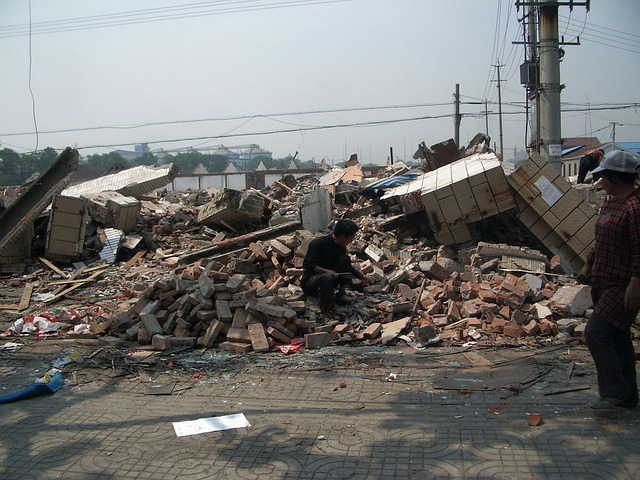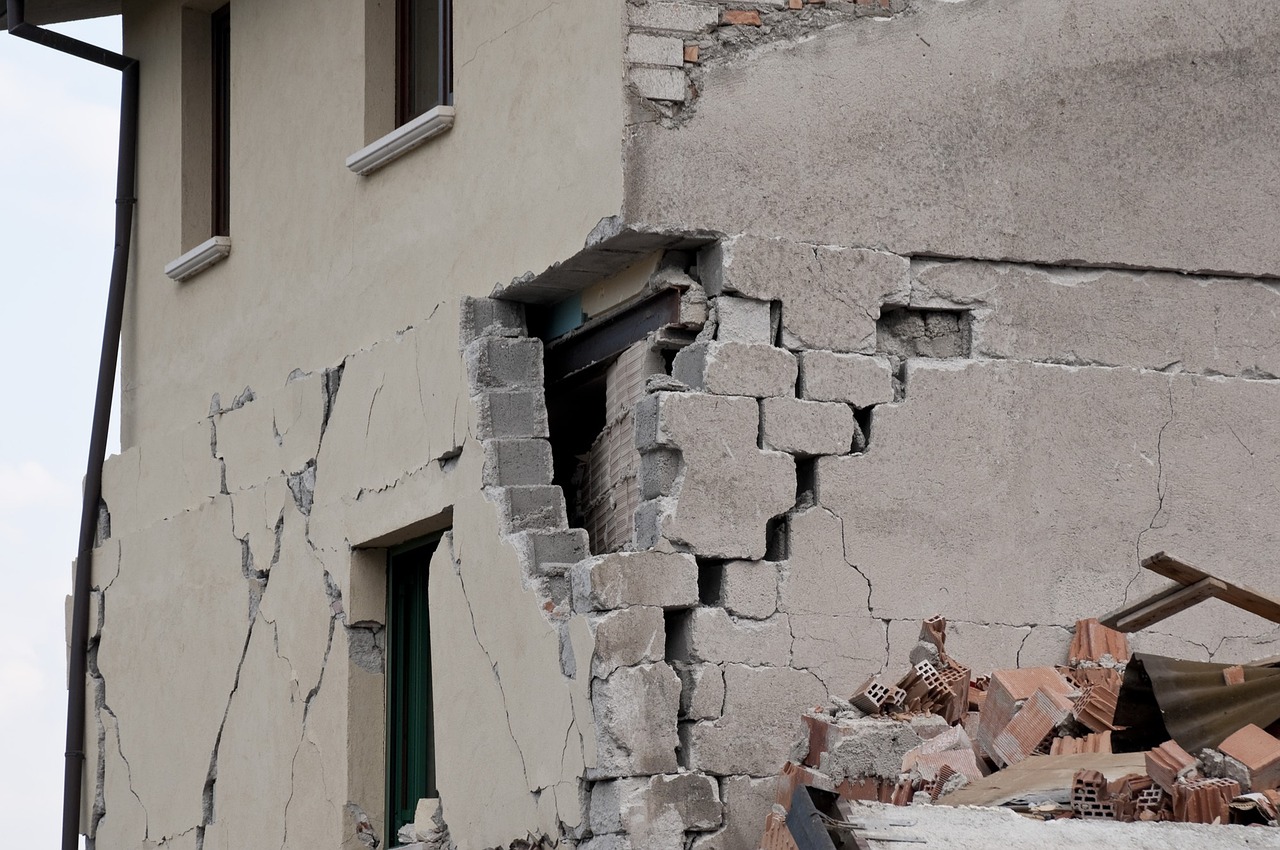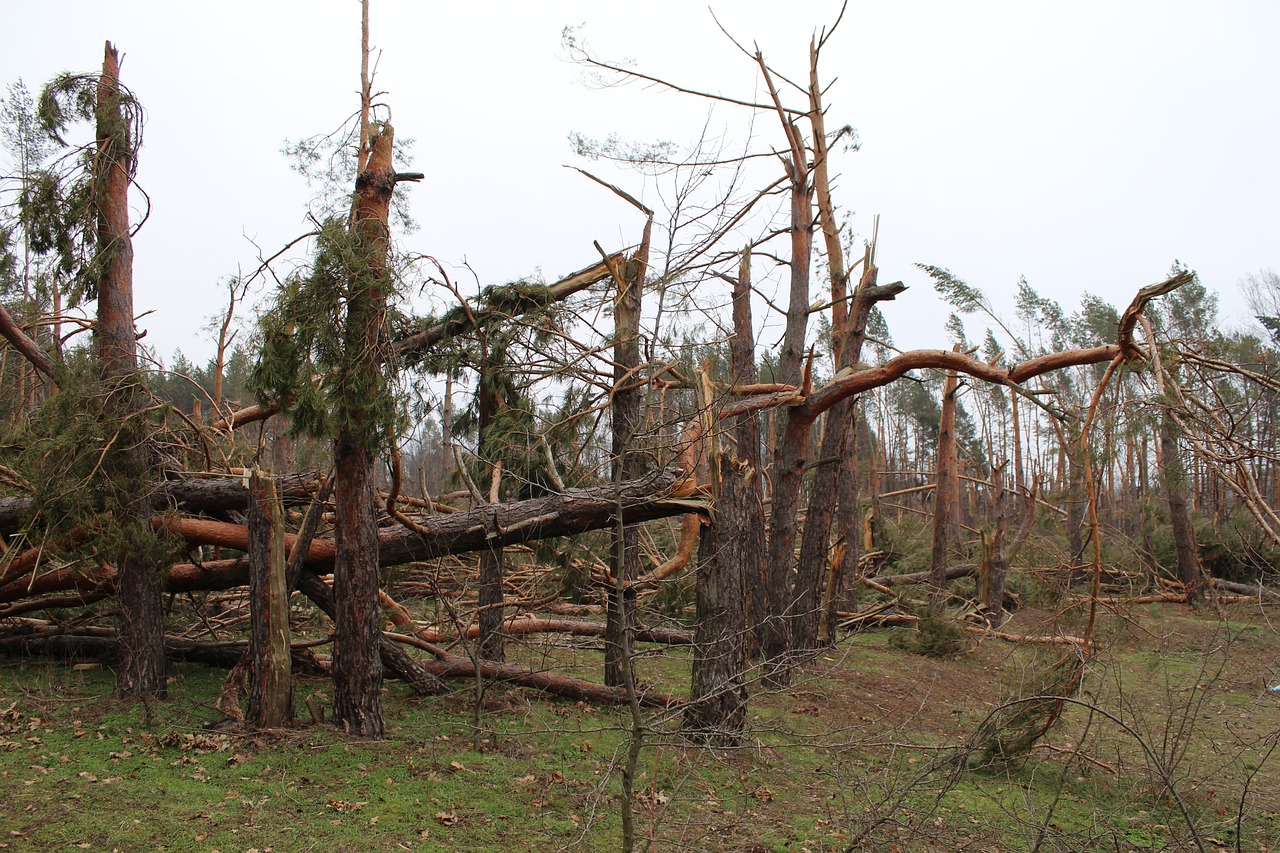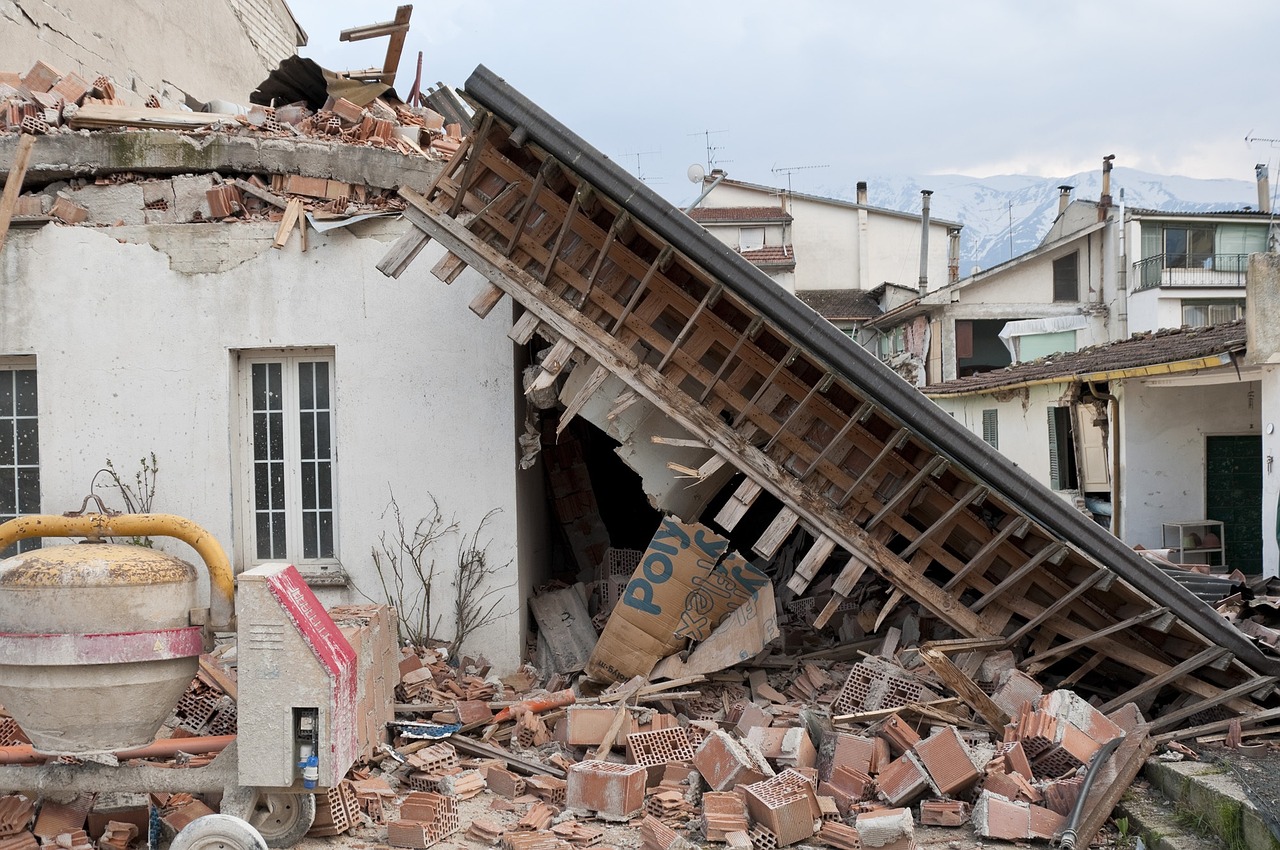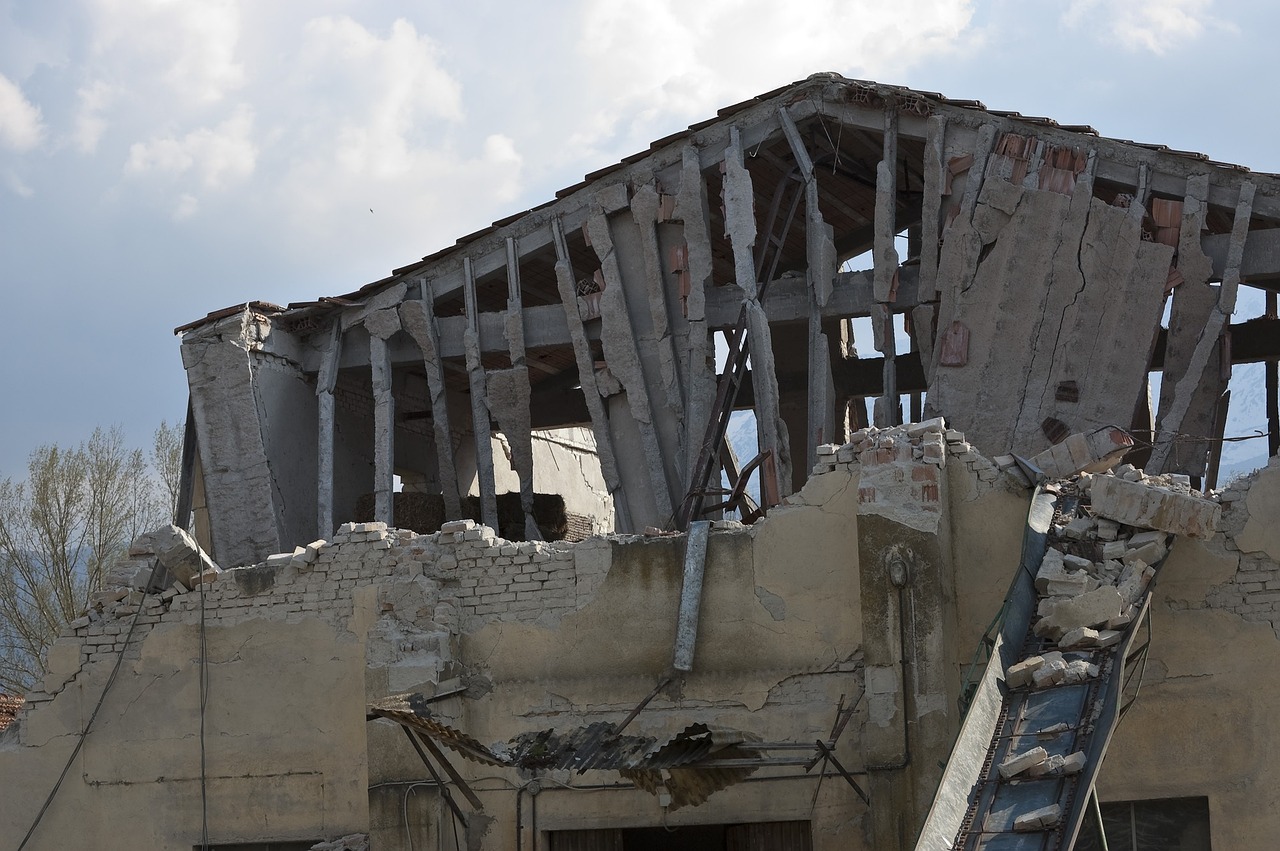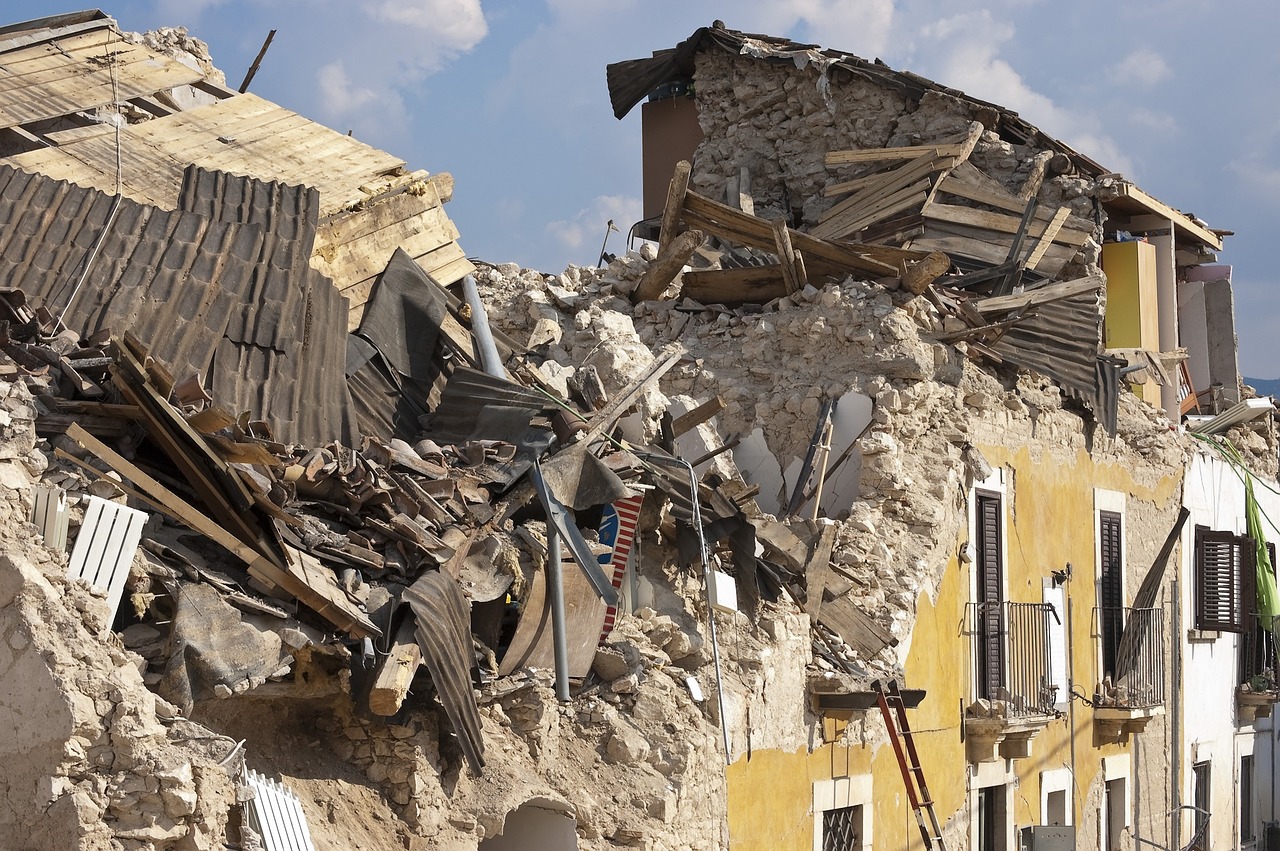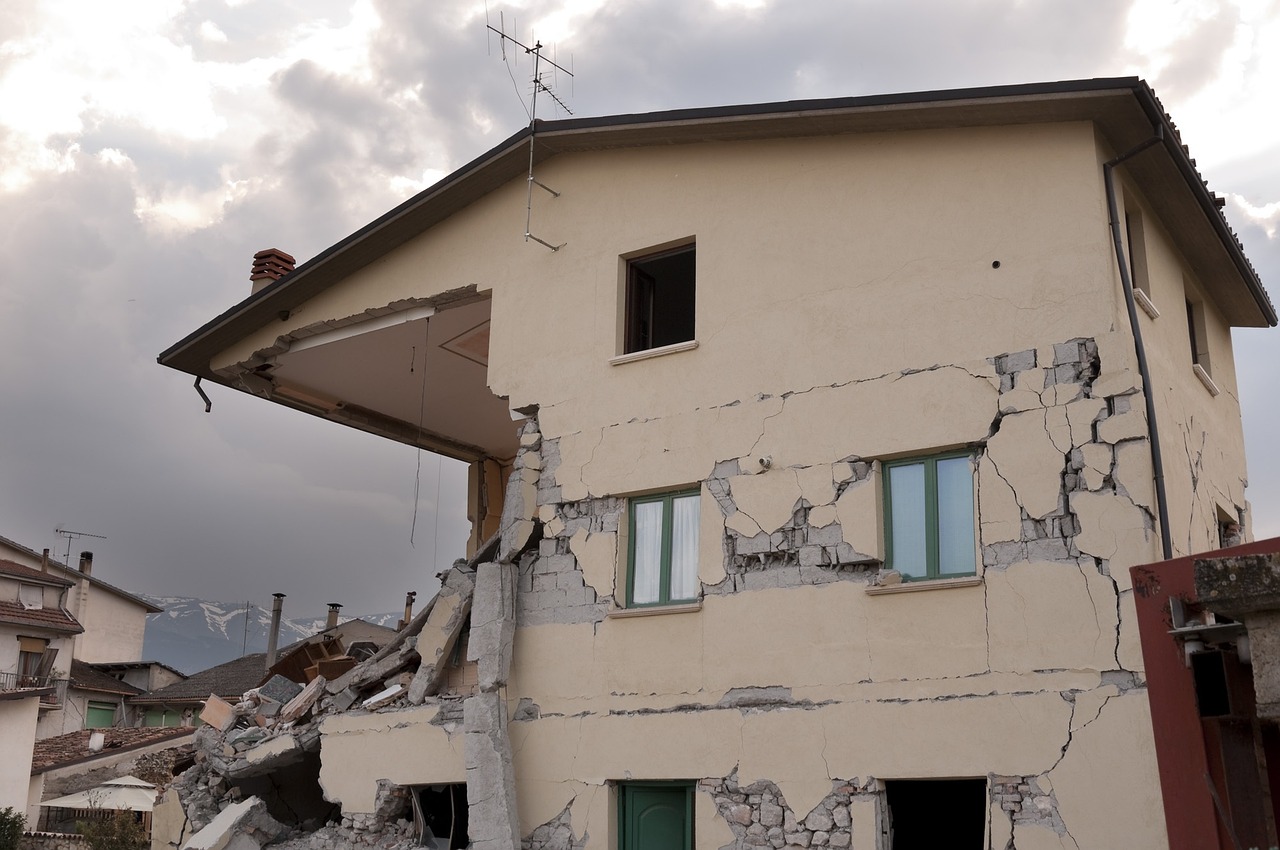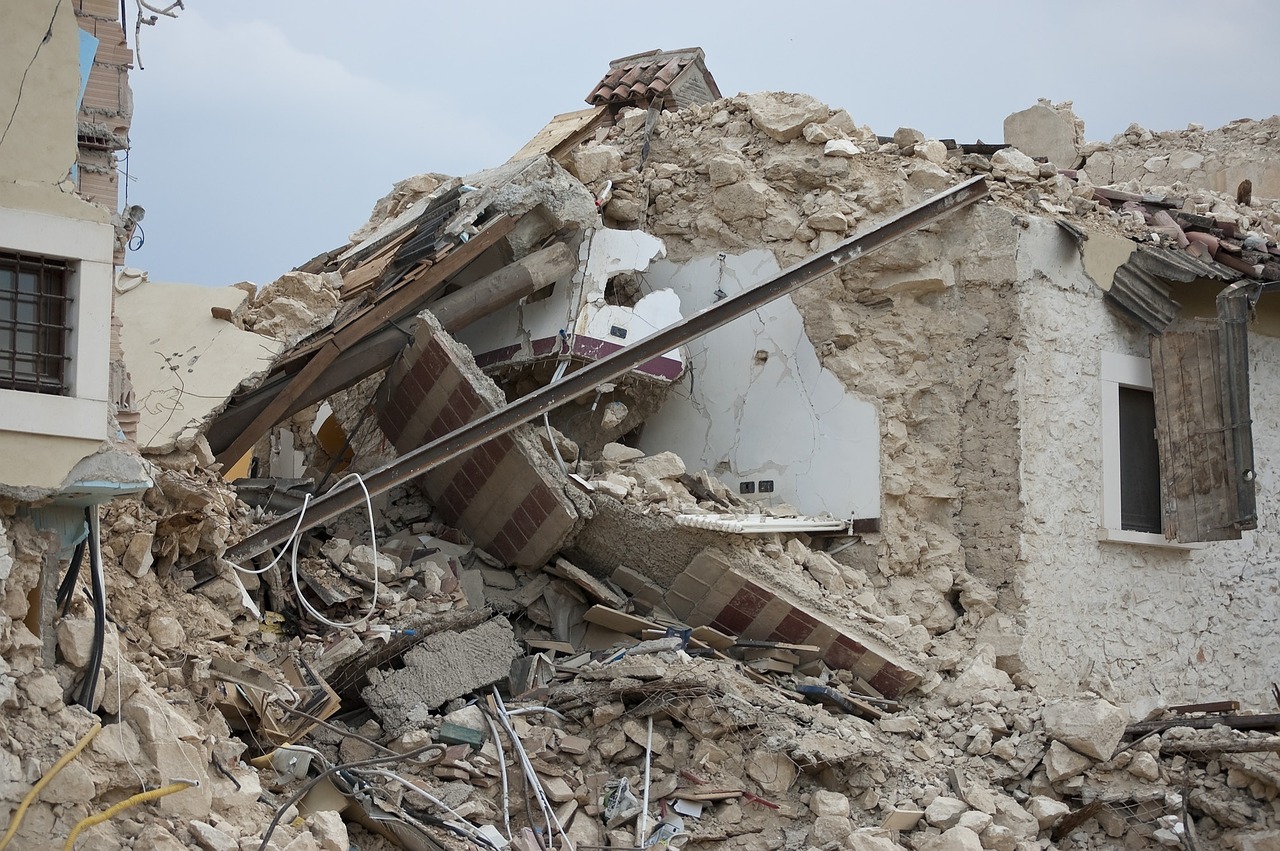READY DOCUMENT AND INSURE YOUR PROPERTY
FEMA’S GUIDE FOR ALERTS AND WARNINGS
Introduction: While the physical devastation caused by earthquakes is often readily apparent, the psychological toll they leave in their wake can be equally profound but less visible. Oregon, like many other seismic regions, grapples not only with the immediate aftermath of seismic events but also with the long-term mental health effects on individuals and communities. […]
Introduction: The Loma Prieta earthquake, which struck the San Francisco Bay Area on October 17, 1989, remains etched in the collective memory of Californians as a sobering reminder of the destructive power of seismic events. However, amid the devastation emerged stories of resilience and community strength that continue to inspire preparedness efforts to this day. […]
Introduction: Washington State is known for its stunning landscapes and vibrant communities, but it also faces significant seismic hazards due to its location in a seismically active region. Understanding and mapping earthquake risks are essential steps in mitigating the potential impacts of seismic events on infrastructure, communities, and natural ecosystems. In this blog, we will […]
Introduction: California’s agricultural sector plays a vital role in the state’s economy, providing food and resources to both local and global markets. However, the region’s susceptibility to earthquakes poses significant risks to agricultural infrastructure, operations, and livelihoods. In this blog, we will explore the challenges faced by California’s agricultural sector in mitigating earthquake risk and […]
Introduction: The resilience of healthcare infrastructure is critical for ensuring the well-being of communities, especially in earthquake-prone regions like Oregon. The potential for seismic events poses unique challenges for healthcare facilities, which must remain operational to provide life-saving care during and after earthquakes. In this blog, we will explore the vulnerabilities of Oregon’s healthcare infrastructure […]
Introduction: In recent years, advancements in technology have revolutionized our ability to detect and respond to natural disasters, including earthquakes. Early warning systems leverage cutting-edge technology to provide timely alerts to at-risk communities, allowing individuals and organizations to take proactive measures to mitigate the impacts of seismic events. In this blog, we will explore the […]
Introduction: Ensuring the safety of students and staff during earthquakes is a top priority for schools in earthquake-prone regions. However, preparing schools for seismic events presents unique challenges and requires careful planning and implementation of best practices. In this blog, we will explore the best practices for preparing schools for earthquakes and the challenges that […]
Introduction: Earthquake-prone cities in Washington State face unique challenges in building resilience to seismic hazards. By learning from past experiences and implementing proactive measures, these cities can strengthen their ability to withstand and recover from earthquakes. In this blog, we will explore lessons from earthquake-prone cities in Washington and examine strategies for building resilience in […]
Introduction: Earthquakes pose not only a significant threat to public safety but also have far-reaching economic consequences, particularly in regions prone to seismic activity like the Pacific Northwest. In this blog, we will explore the economic impact of earthquakes on states in the Pacific Northwest, examining the costs incurred by businesses, infrastructure, and local economies […]
Introduction: The aftermath of an earthquake presents various hazards, one of the most significant being tsunamis, especially for coastal communities. Understanding the risks associated with tsunamis after an earthquake is crucial for coastal residents and emergency responders alike. In this blog, we will delve into the complexities of tsunami risk assessment and preparedness efforts, with […]

